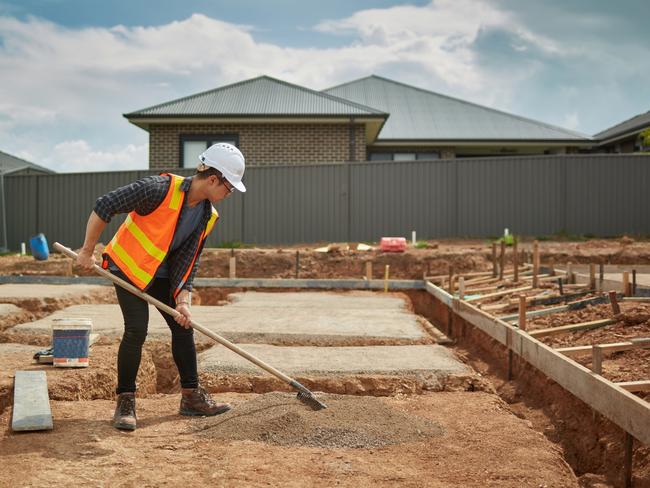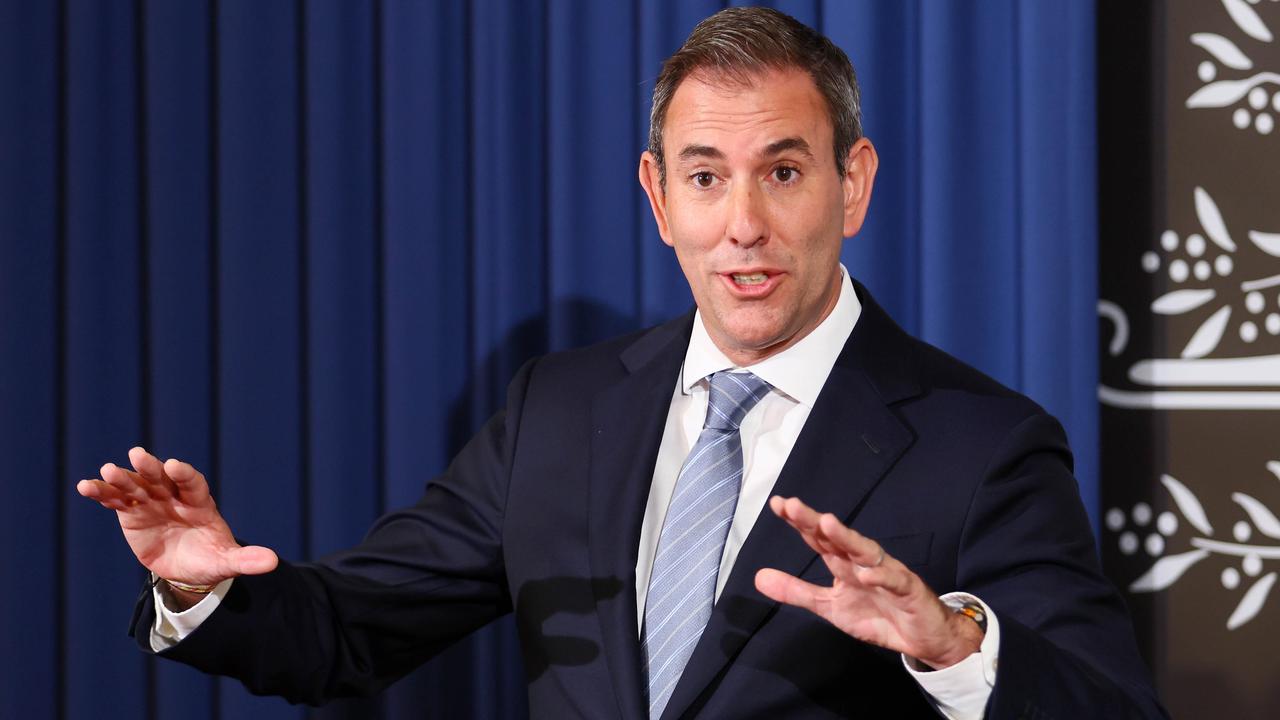Federal Budget 2022: Why Treasurer’s $500m housing sweeter may not be enough
Call it Josh Frydenberg’s solution to Australia’s housing crisis. But will it be enough to make a real difference?
Federal Budget
Don't miss out on the headlines from Federal Budget. Followed categories will be added to My News.
Call it Josh Frydenberg’s ground-up solution to Australia’s housing crisis. But will it be enough to get the slabs down and brickwork up on the new housing developments needed to address a shortage of up to 200,000 homes across the country?
A $500 million budget cash splash will help local governments fix the problems around local roads and infrastructure needed to tackle the lack of available homes.
Local councils working with a national housing authority is the best way to address this chronic problem and while the authority has been established, local government needs a hand.
The Treasurer did acknowledge that councils build the infrastructure that connect to water, electricity and of course roads.
Acknowledgment yes, but $500 million may not be enough.
The problem for many councils is that housing supply is often frustrated by debates with prospective property developers on who will pay for new infrastructure.

Australia’s problem is not a lack of land but more a co-ordination problem between the three levels of government.
In the 2017-18 federal budget, which originally set aside the initial billion dollars for “a comprehensive housing affordability plan”, was authored during a period when the economic outlook for Australia was a lot softer than the turbocharged variant many have experienced in the last two years.
The plan was arguably the right one but meeting demand has been a much tougher challenge during a pandemic where many households have been showered with cash.
Record low interest rates and government spending have historically worked well but the problem of cash-strapped councils in regional areas is now the major challenge.
Overall housing activity is running a lot higher than average housing transactions which typically have a run-rate of 100,000 per year.

Economist Cameron Murray who has written extensively on the topic of housing supply and models that take some cues from the Singaporean government notes that figure since 2018 has been 180,000 per year.
The historical shortfall of 160,000 to 200,000 dwellings annually will almost certainly climb in the coming year.
An influx of returning expatriates over the same period has helped fuel record home price sales in the cities as well as for some of Australia’s most desirable coastline.
A nice outcome for home buyers and sellers but the challenge is attracting people to take up jobs that won’t necessarily provide enough income to local their workplace.
Less than a third of Australians own their home outright, 27 per cent of Australians are now renters and the rate of those living in public housing has also fallen, Australian Bureau of Statistics data reveals.
A national housing future fund, more land releases and “one authority to cut through the red tape” represent a culmination of recommendations that have appeared in the same annual reports for the last two decades.
Australia’s housing challenge is a national issue but local solutions hold the key.
Daniel.Petrie@news.com.au




